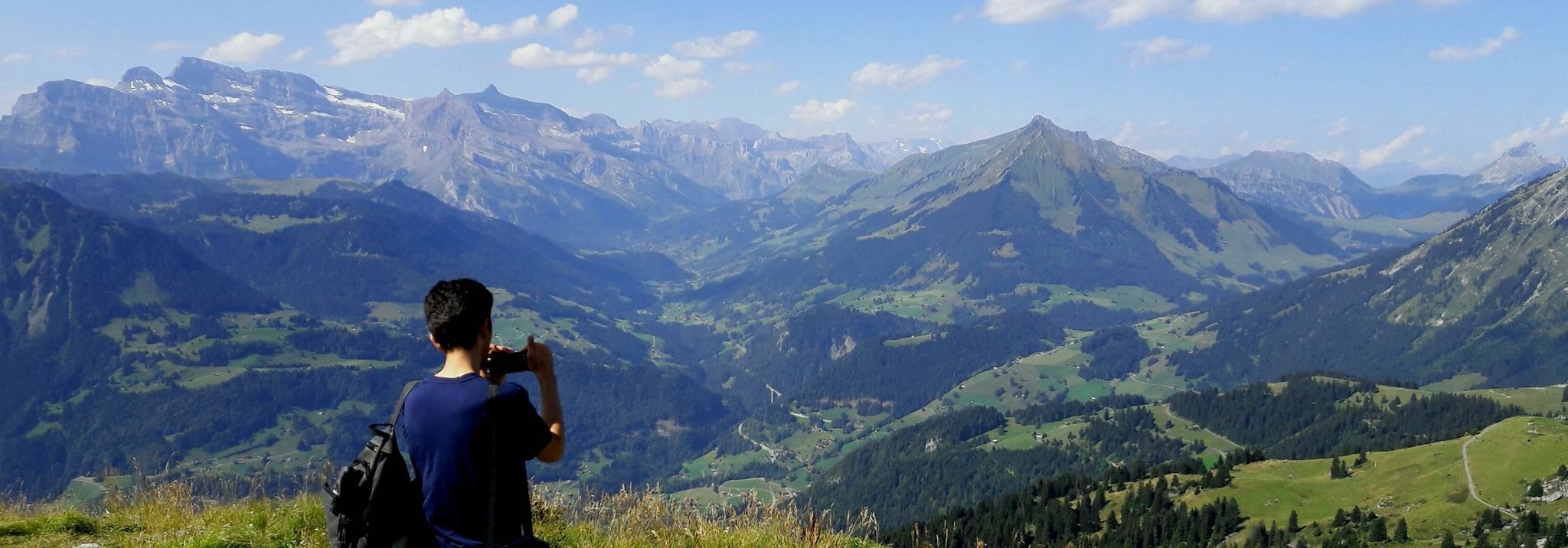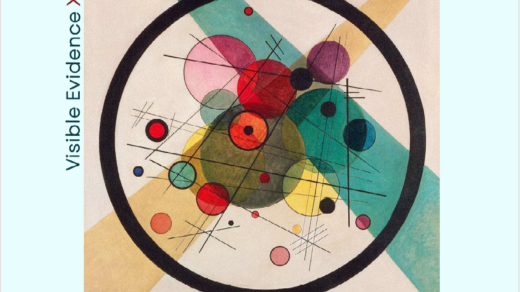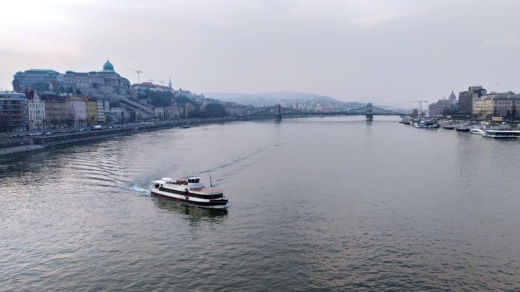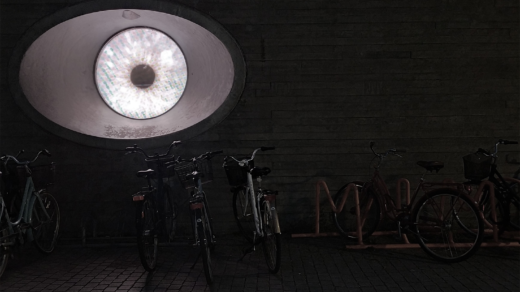A review about the documentary film Makala (2017) by by Emmanuel Gras.
A man is seating near the huge tree that he just has cut and the leave shadow is moving on his head like it strokes him. Such kind of scenes are the core of the film Makala by Emmanuel Gras. It has more to show than to tell.
“Nanook of the North” was the first film about which in 1922 the term documentary was used as a movie characteristic. Nowadays, when the film Makala is shot with a similar topic (the daily struggle of the “man of nature), there is a worldwide tendency to erase the border between fiction and documentary as it’s difficult to define. And really, if the story of Makala wouldn’t be too simple, it would be less likely to believe that that it’s a documentary. Everything that happens in the film is more than natural, more than well prepared. The only scene when the camera gets in a documentary panic is when the heavy loaded bicycle falls down on the road and obviously the protagonist can’t fix it alone.
It’s usual to say that the films are good if they make a feeling of identification and empathy in audience with protagonists. That makes easier to follow the story. The author of Makala — Emmanuel Gras, didn’t try to follow this principle: who would like to work hard to make coal and get paid for it almost nothing, as the protagonist does. On the other hand there are not many obvious conflict situations. So why it’s still interesting to follow the flow of time showing nothing special. The secret is the HOW. First, it’s joyful to follow how the camera plays with objects, lights and shadows. For example, the bike is overloaded with an impressive big size shipment. It’s riding on a sand road. It’s shadow is sliding on the ground and the wheel shadow close-up can make the spectator emotionally experience the suffering of the bicycle. There are also hidden conflicts throughout all the film — a conflict between man and the rules of the world where he loses and which is metaphorically shown in the road scene when the protagonist is lost in a dust made by cars driving nearby.
Though the peaks of storyline are on the road scenes, but the key point is in the end, which makes the film complete, reasonable and independent from being called a remake of Robert Flaherty’s “Nanook”. It’s about the Christian church gathering scene, especially the sentence with the following message — if you are an honest man than the torture of daily life will not affect on you, if you are not honest than it will.
So the film is about honesty — the protagonist is no t stealing for building his dream house, not taking taxes from other workers like he is being stopped on the road. The director created so honest character that even the tree he cuts is “stroking” his head.
The work with people shot in the film is another subject worthy to pay attention. There are 3 main ways to make people not to be constrained with a presence of the camera:
- hidden camera;
- task giving (like actors);
- long-lasting shootings.
The director didn’t left signs in the film to understand which one he used. For example, in the scene where another man (antagonist) asks the protagonist to pay a tax and the camera is shooting from distance a doubt can appear — does the tax collector knows about camera. If yes — is he acting, or why he let them to shoot? Usually people doesn’t welcome the idea of being filmed while doing illegal actions. If he doesn’t know than how the flip-on microphone and the camera (probably with a tripod or steady-cam) were not noticed by the people around. But such kind of doubts during the film don’t harm the documentary value of Makala as a love and an honest look of the author is present in the movie and they are dominant compared to the hardly noticeable issues.
At the end of all, Makala is here to prove once again that the documentary cinema didn’t change its nature within 1 century — as worse it is for protagonists in real life as better for the documentary film. It’s crucial to accept but in 1920s Flaherty didn’t help anyhow his protagonists to survive the heavy living conditions but only captured it. 2 years later after the premiere of the film about himself — Nanook died because of hunger. A century later Emmanuel Gras still captures a heavy living conditions and it’s so beautiful on the screen, so poetic.
Seg Kirakossian
The review is written in frames of the film critics’ workshop by Olivier Pélisson during Golden Apricot international film festival 2019



